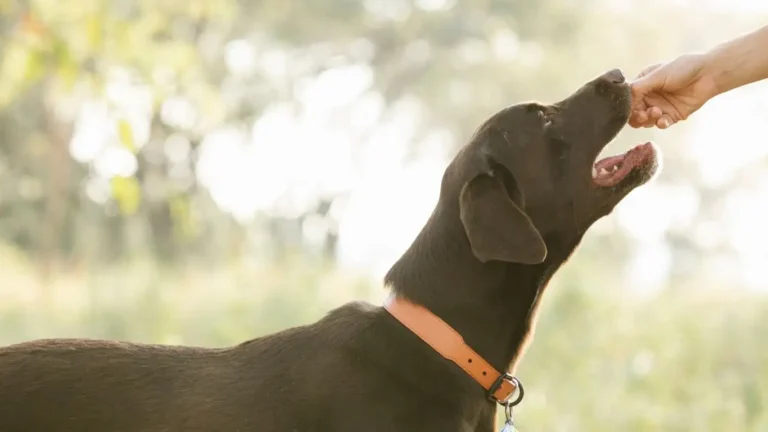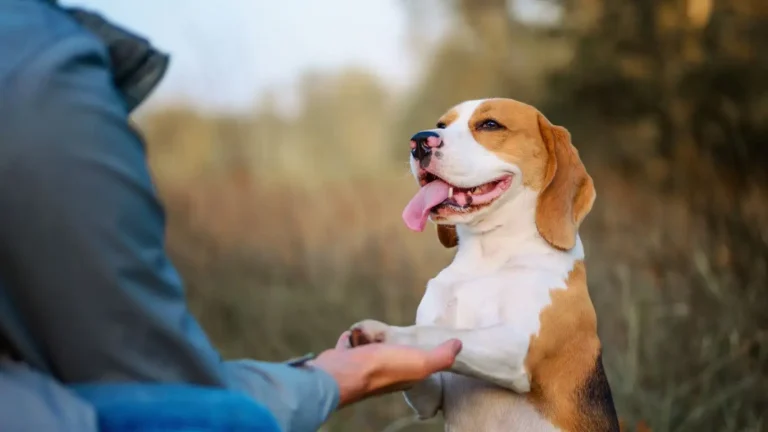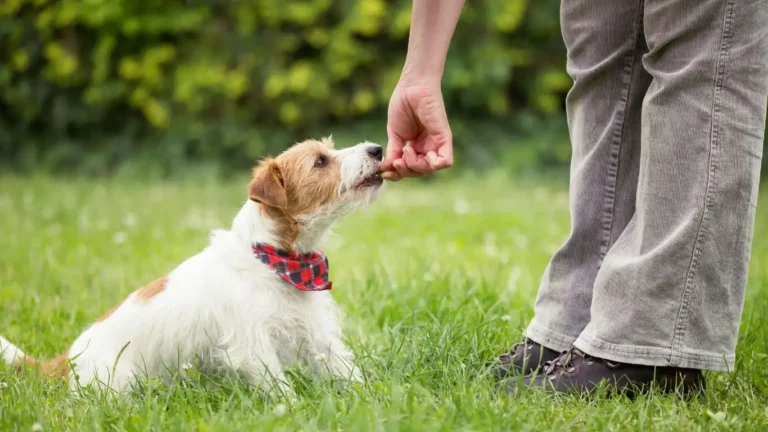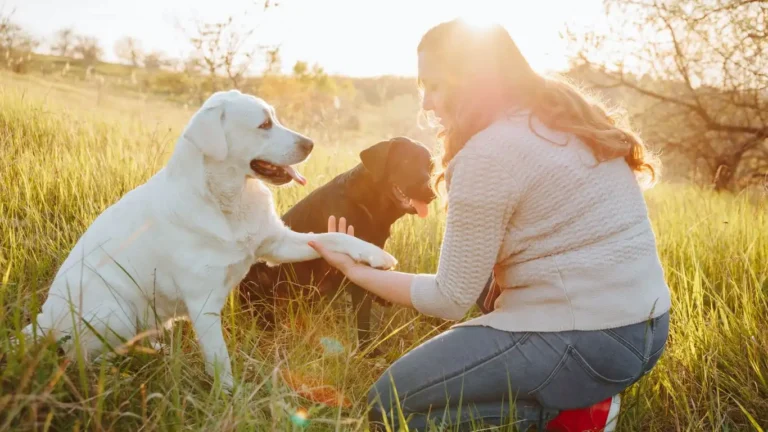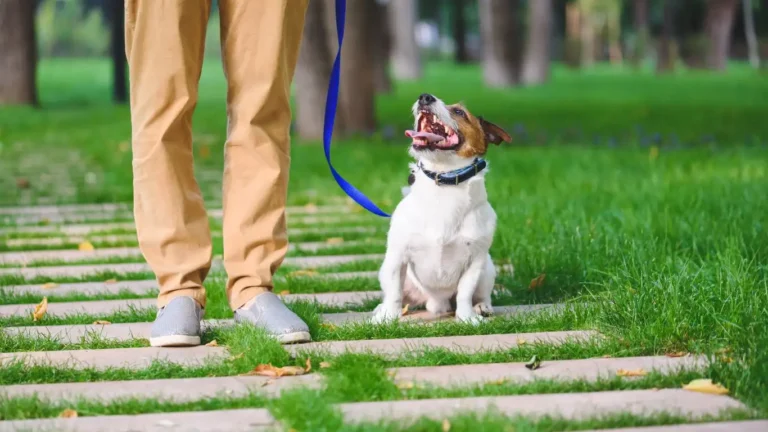How to Train a Dog to Be Friendly with Other Pets: Easy Steps to Success
As a Canine-Assisted Therapy Trainer, I’ve had the privilege of working with many dogs and seeing firsthand how transforming their behavior can be a life-changing experience. One common challenge I see with dog owners is learning how to train a dog to be friendly with other pets. Whether it’s introducing your dog to a new pet in your household, or fostering social behavior during walks, it’s essential to approach the process thoughtfully and with patience. Training your dog to be friendly with other pets can not only improve their relationship with your other animals but also contribute to their overall well-being.
Why is Socializing Your Dog Important?

Before we dive into the “how-to” steps, it’s important to understand why socializing your dog with other pets is such a crucial part of their training. Socialization helps your dog become more comfortable in different environments, reduces anxiety, and promotes better behavior in various situations. This is especially true if you have multiple pets or plan to introduce a new one. Socializing your dog can prevent aggressive behavior, fearfulness, and territorial instincts that can sometimes emerge if they aren’t properly introduced to other animals. For instance, dogs that aren’t exposed to other animals during their early developmental stages may react negatively to encounters, which could lead to stress for both your dog and the other pet involved.
Common Challenges When Training Dogs to Be Friendly with Other Pets
Training a dog to be friendly with other pets isn’t always as simple as it seems. You might face several challenges along the way, especially if your dog has had negative experiences in the past or is naturally inclined to be territorial. These challenges could include:
- Aggression: Some dogs react aggressively when they encounter other pets, especially if they feel threatened or anxious.
- Fear: A dog that hasn’t been exposed to other pets may experience fear, especially if they’re unfamiliar with the animal.
- Overexcitement: Some dogs get overly excited when meeting new pets, which could be mistaken for aggression.
It’s important to approach these challenges with care and never force the situation. Gradual exposure, positive reinforcement, and consistent training are the best ways to help your dog overcome these obstacles.
How to Train a Dog to Be Friendly with Other Pets
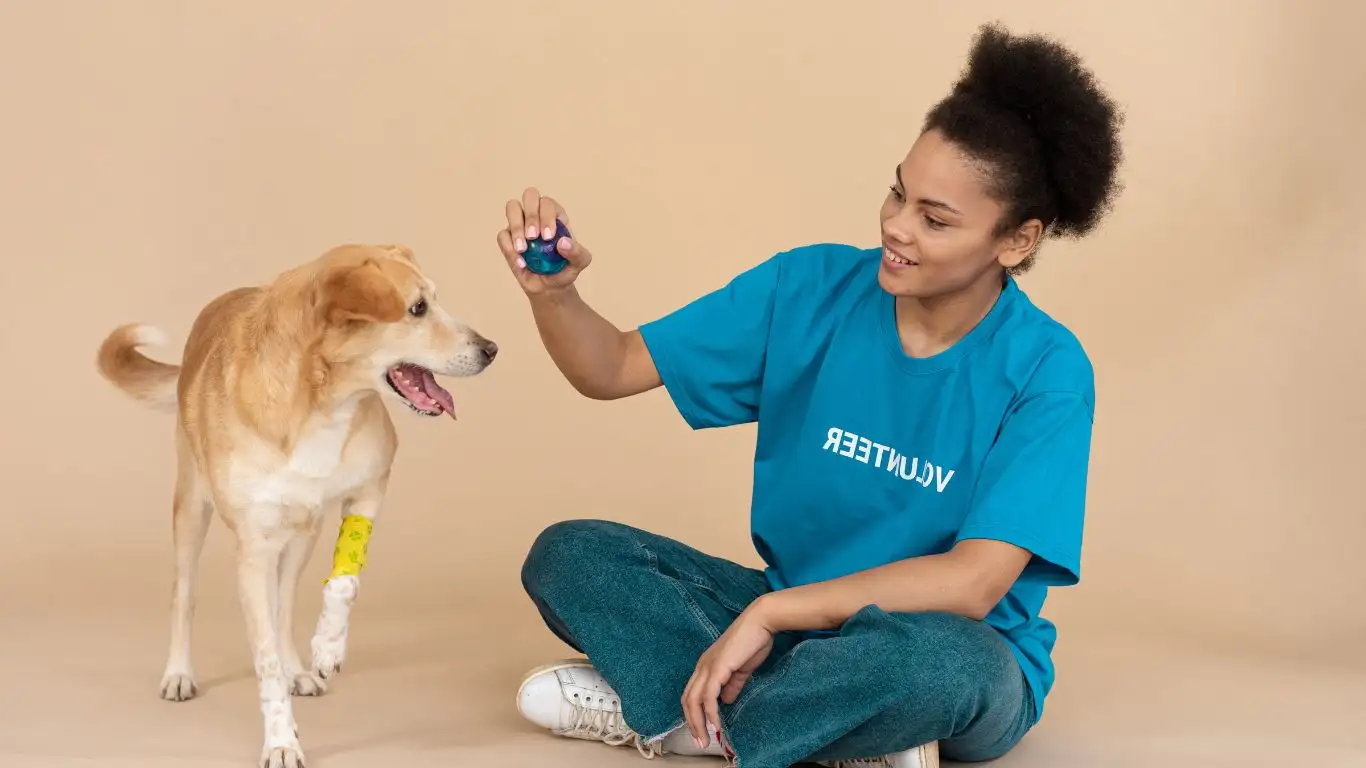
Training a dog to be friendly with other pets requires a blend of patience, consistency, and positive reinforcement. This process often takes time, depending on the dog’s personality, history, and experiences. Here’s a step-by-step guide on how to train a dog to be friendly with other pets:
1. Start Early – The Earlier, The Better
If you have a puppy, it’s much easier to start socializing them with other pets. The earlier you introduce your puppy to new pets, the more likely they’ll grow up comfortable around them. Puppies are like sponges – they soak up everything they see and experience. So, the more positive experiences you can give them early on, the better.
However, if you’re working with an older dog who hasn’t been properly socialized, it’s still possible to train them to be friendly with other pets. The process might take a bit longer, but with patience and persistence, it’s definitely achievable.
2. Begin with Calm Introductions
When introducing your dog to another pet, it’s essential to keep things calm and low-pressure. Try to avoid overwhelming your dog, especially if they’re anxious or fearful of new experiences. If you’re introducing a dog to a cat, for example, keep both animals on opposite sides of a door or gate at first, allowing them to smell each other without direct contact. Over time, gradually decrease the distance between them, but always allow them to approach at their own pace. For dogs interacting with other dogs, allow both pets to meet in a neutral space rather than a territory one of them might be protective of.
3. Use Positive Reinforcement
Positive reinforcement is a powerful tool when training your dog to be friendly with other pets. Every time your dog interacts with another pet calmly, reward them with praise, treats, or even playtime. This reinforces the idea that good behavior around other animals is a rewarding experience. Likewise, if your dog displays undesirable behavior (like growling or lunging), remain calm, and redirect their attention to something else, like a command or toy. Avoid punishment, as it can cause fear and increase anxiety around other animals.
4. Keep the Environment Calm and Controlled
The environment in which you introduce your dog to other pets plays a huge role in how successful the interaction will be. Make sure that there’s minimal distraction, noise, or other stress-inducing factors during their first meeting. A calm and controlled environment will help both your dog and the other pet feel safe and more likely to have a positive interaction. You may even want to consider using a leash for extra control during the initial stages, especially if you’re unsure how your dog will behave.
5. Monitor Body Language
Paying attention to the body language of both your dog and the other pet is essential in any interaction. Signs of stress in dogs can include raised hackles, growling, excessive barking, or a stiff tail. In contrast, a relaxed dog will typically have a wagging tail, soft eyes, and an overall loose posture. If you see signs of tension or aggression, it’s important to calmly intervene, redirect their attention, and give both pets some space to calm down before trying again. Understanding and reading these cues can help prevent negative interactions and build a better relationship between your dog and other pets.
Challenges of Training a Dog to Be Friendly with Other Pets
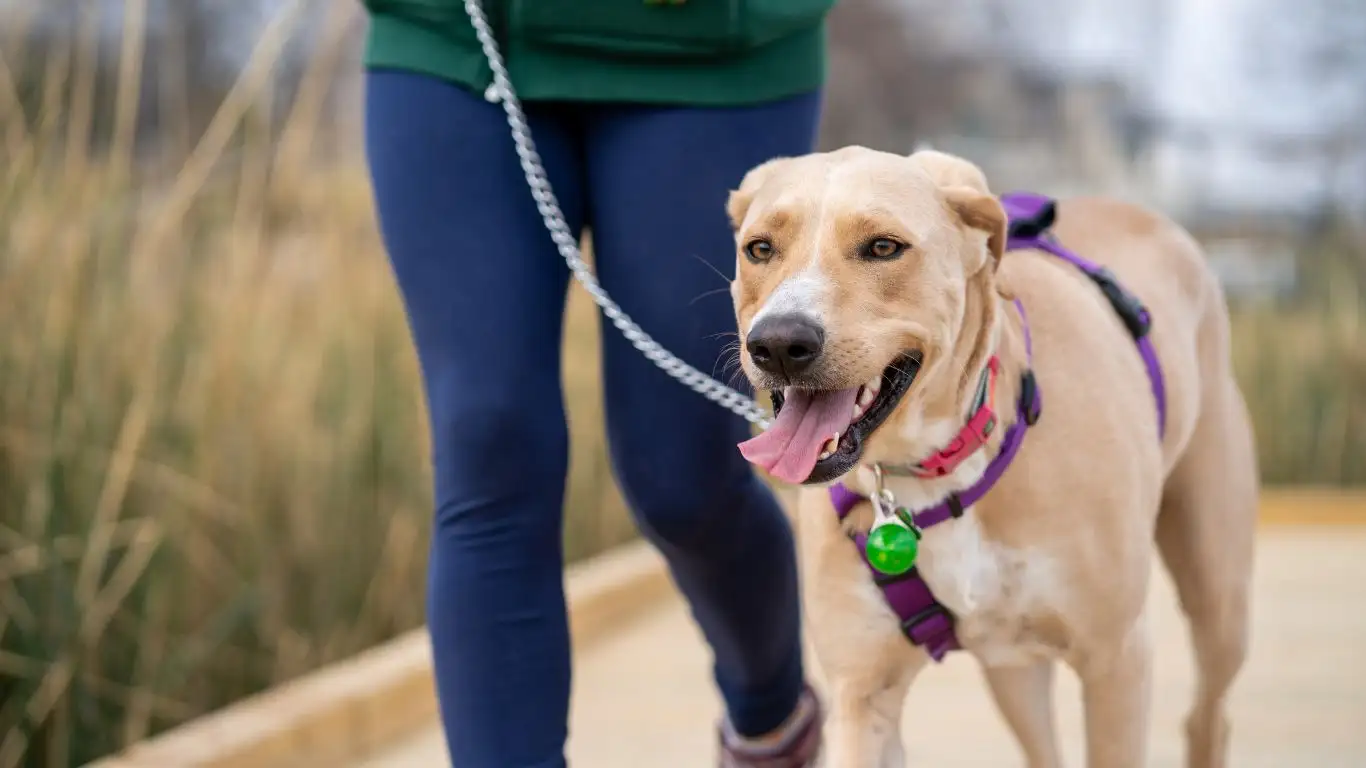
While training your dog to be friendly with other pets is rewarding, there are some challenges you might face along the way. It’s crucial to stay patient and understanding throughout the process. Some dogs have a natural prey drive, while others may have had bad experiences with other animals in the past. In these cases, working with a professional dog trainer or behaviorist can make a huge difference. They can offer personalized advice and help you address any specific behavioral issues your dog may have.
Managing Overexcitement and Anxiety During Introductions
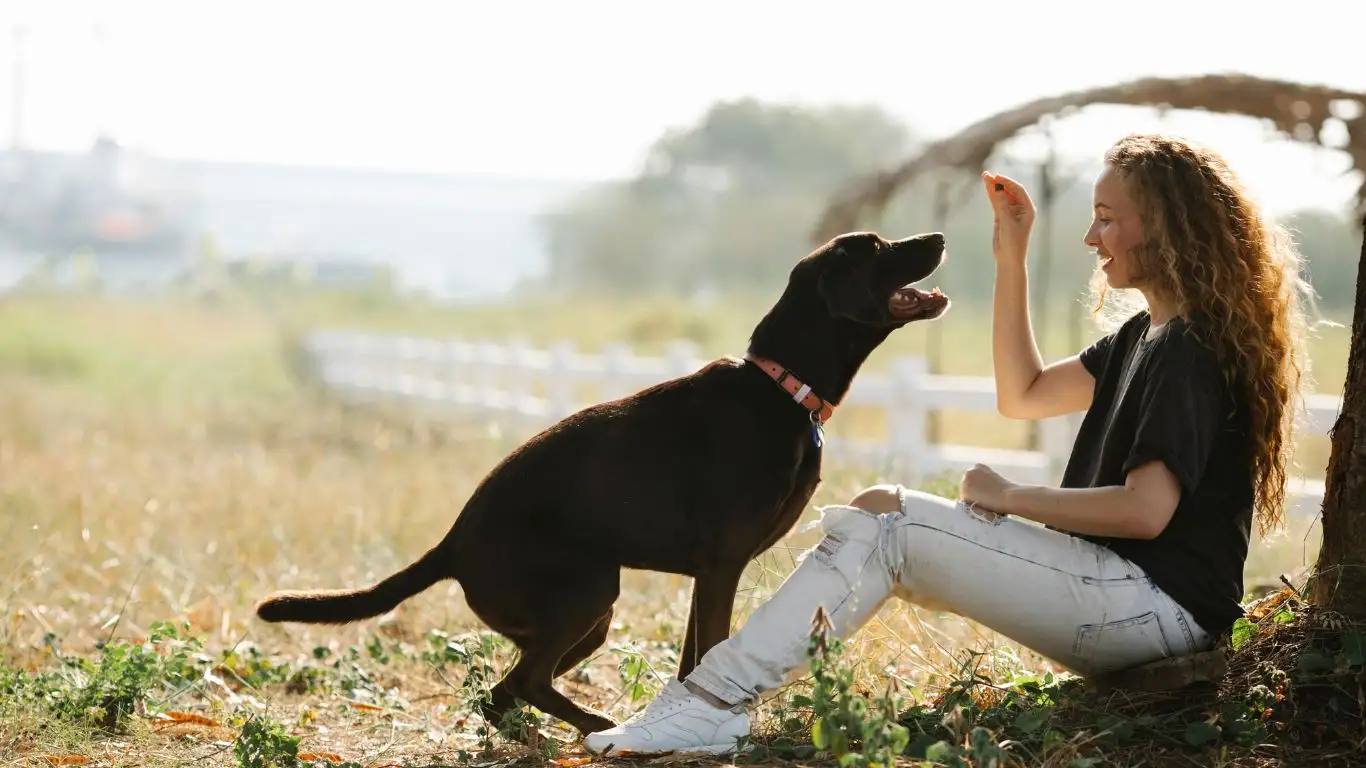
It’s natural for dogs to feel excited or anxious when meeting a new pet, especially if it’s their first time. In my experience as a Canine-Assisted Therapy Trainer, I’ve seen countless dogs become overly excited or even a bit anxious during these introductions. Managing that excitement or anxiety can make all the difference in how successful the meeting will be.
If you’re dealing with an overly excited dog, it’s important to remain calm and keep the pace slow. Sometimes, our own excitement or nerves can influence how our dogs behave, so take a few deep breaths before entering the room. If your dog starts to pull on the leash, whine, or jump up, calmly guide them to a sitting position and encourage them to stay there with positive reinforcement. Over time, they’ll learn to associate calm behavior with rewards.
On the other hand, if your dog is showing signs of anxiety or fear, you’ll need to proceed even more carefully. Anxiety can lead to defensive behavior, so it’s essential to give your dog space to adjust to the new situation. I recommend allowing your dog to observe the other pet from a distance without forcing interaction. Gradual exposure is key, so instead of rushing into direct contact, let your dog take in the sights and sounds of the new pet at a comfortable pace.
Creating a Safe, Stress-Free Space for All Pets
Whether you have a dog, cat, or other pets, creating a safe, stress-free space for them during the introduction phase is crucial. This space should be neutral territory, where no pet feels territorial or dominant. For example, if you’re introducing a new dog to your home, avoid having the meeting in the dog’s favorite spot—this could trigger possessive or defensive behaviors. Instead, a neutral room or space where both pets feel comfortable is ideal.
Furthermore, make sure there’s a clear exit route in case either animal needs space. When pets feel cornered or trapped, this can lead to anxiety and aggression. Having multiple escape routes and open areas ensures that each pet can retreat if they feel overwhelmed.
If you’re introducing your dog to a cat, having a space with vertical areas (like cat trees or high shelves) can help the cat feel safer, as they can retreat to higher ground if they want. Giving both animals plenty of space and not forcing them into close contact will reduce stress and increase the chances of a positive interaction.
Understanding the Role of Play and Reinforcement in Socialization
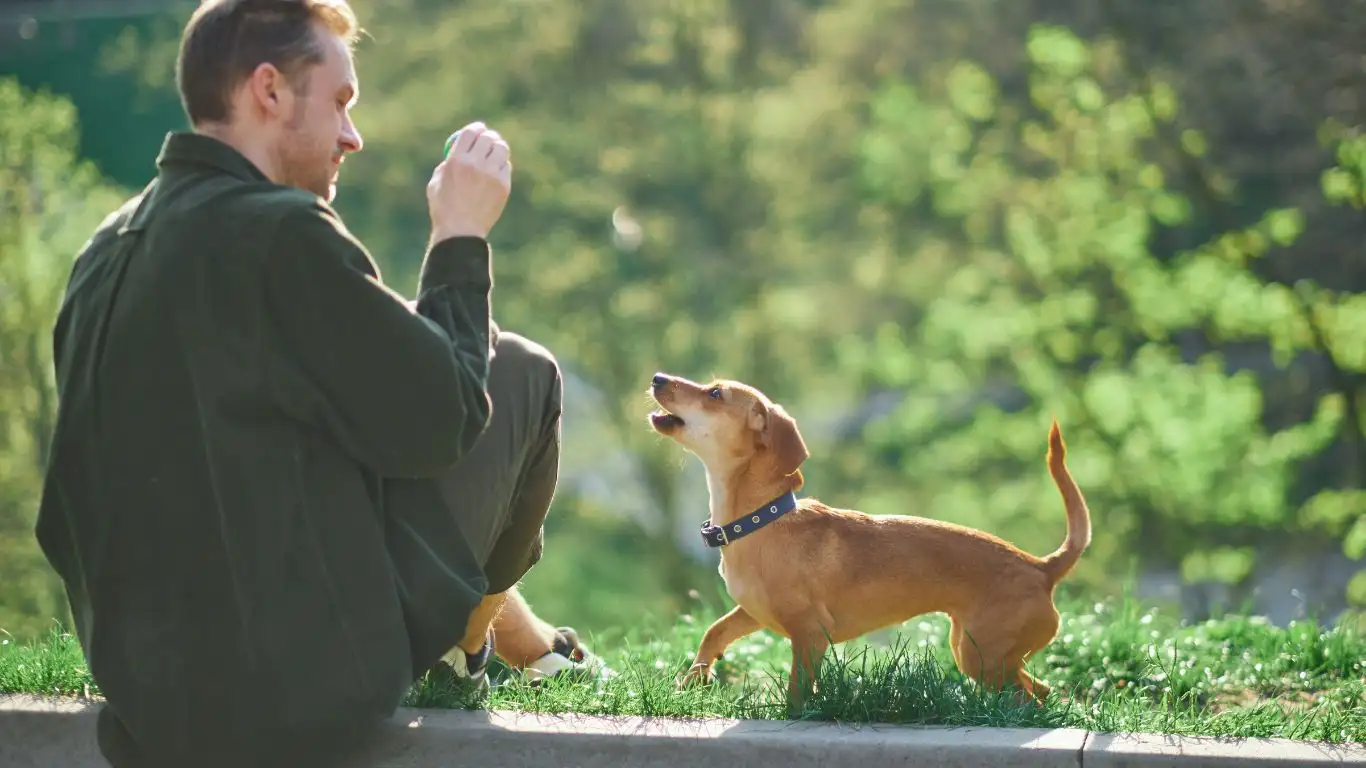
In the process of teaching your dog to be friendly with other pets, play and positive reinforcement are invaluable tools. Dogs naturally engage in play as a way to socialize with others, so encouraging appropriate play between your dog and other pets is an excellent way to foster friendship.
When you’re introducing a new pet to your dog, use toys or treats to encourage positive interaction. For example, toss a ball or play with a favorite toy and see if the pets engage with each other. Playtime can be a wonderful icebreaker and can help dogs bond with other animals while learning to share resources. Just remember to supervise the interaction to ensure that it remains friendly and safe. If the play starts getting too rough or tense, it’s time to step in and give both pets a break.
Another essential part of this process is rewarding your dog for positive behaviors. When your dog interacts calmly with another pet, make sure to reward them immediately with treats, praise, or affection. This reinforces the idea that calm, friendly behavior leads to good things. Over time, your dog will start to associate positive interactions with rewards, which will help them stay friendly and relaxed around other pets in the future.
Set Realistic Expectations and Be Patient
One of the most important things I’ve learned over the years is that patience is key when it comes to training dogs. Some dogs will warm up to other pets very quickly, while others might need more time to adjust. Every dog is different, and it’s essential to set realistic expectations for how long it will take for your dog to become comfortable around new pets. Don’t expect immediate success, especially if your dog has had negative experiences in the past or is naturally cautious.
Take things slow and allow your dog to progress at their own pace. Forcing them into situations they’re not ready for can result in setbacks or even behavioral problems later on. Celebrate small victories—like a calm sniffing session or a peaceful moment in the same room—as these are signs that your dog is learning how to navigate new relationships with other animals.
If you’re feeling frustrated, remember that it’s normal for the process to take time. Keep working with your dog consistently, and the results will come. And if you’re ever unsure about how to handle a specific situation, don’t hesitate to reach out to a professional dog trainer for guidance. They can provide tailored advice based on your dog’s unique needs.
When to Seek Professional Help for Your Dog’s Socialization
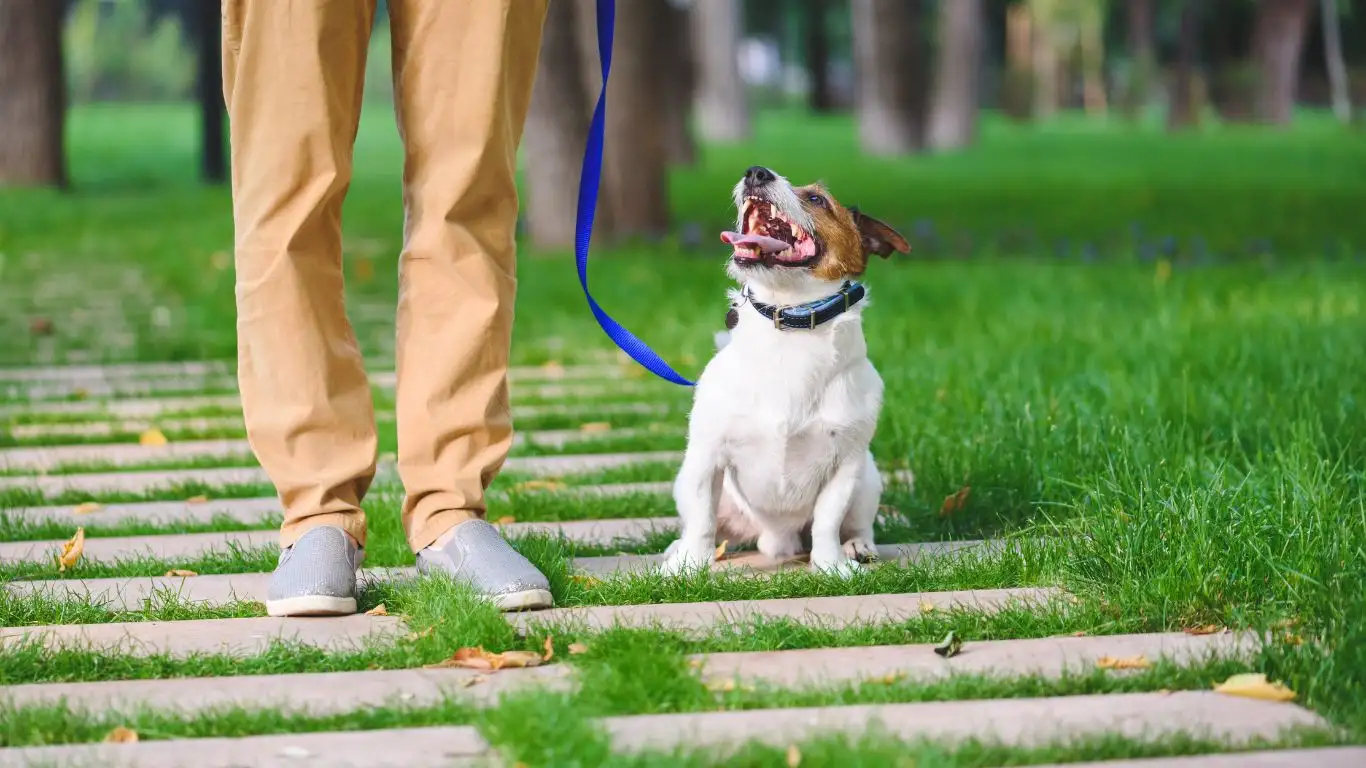
While many dogs can be successfully socialized with patience and effort, there are situations where seeking professional help may be necessary. If your dog exhibits aggressive behavior, persistent fear, or other challenging responses despite your best efforts, it may be time to consult a professional dog trainer or behaviorist.
A professional can help you address more complex issues, such as territorial aggression, fear-based reactions, or past trauma that might be hindering your dog’s ability to interact with other pets. They’ll be able to assess the situation and create a customized training plan that’s tailored to your dog’s individual needs. In my experience, having the guidance of an expert can often accelerate the training process and make things smoother for both you and your dog.
Don’t be afraid to ask for help. Socializing dogs, particularly those with behavioral challenges, can be tricky. A skilled trainer can offer invaluable insight, helping to create a safe, structured environment where both your dog and the other pets feel secure and supported.
Maintaining Positive Relationships Between Pets in the Long-Term
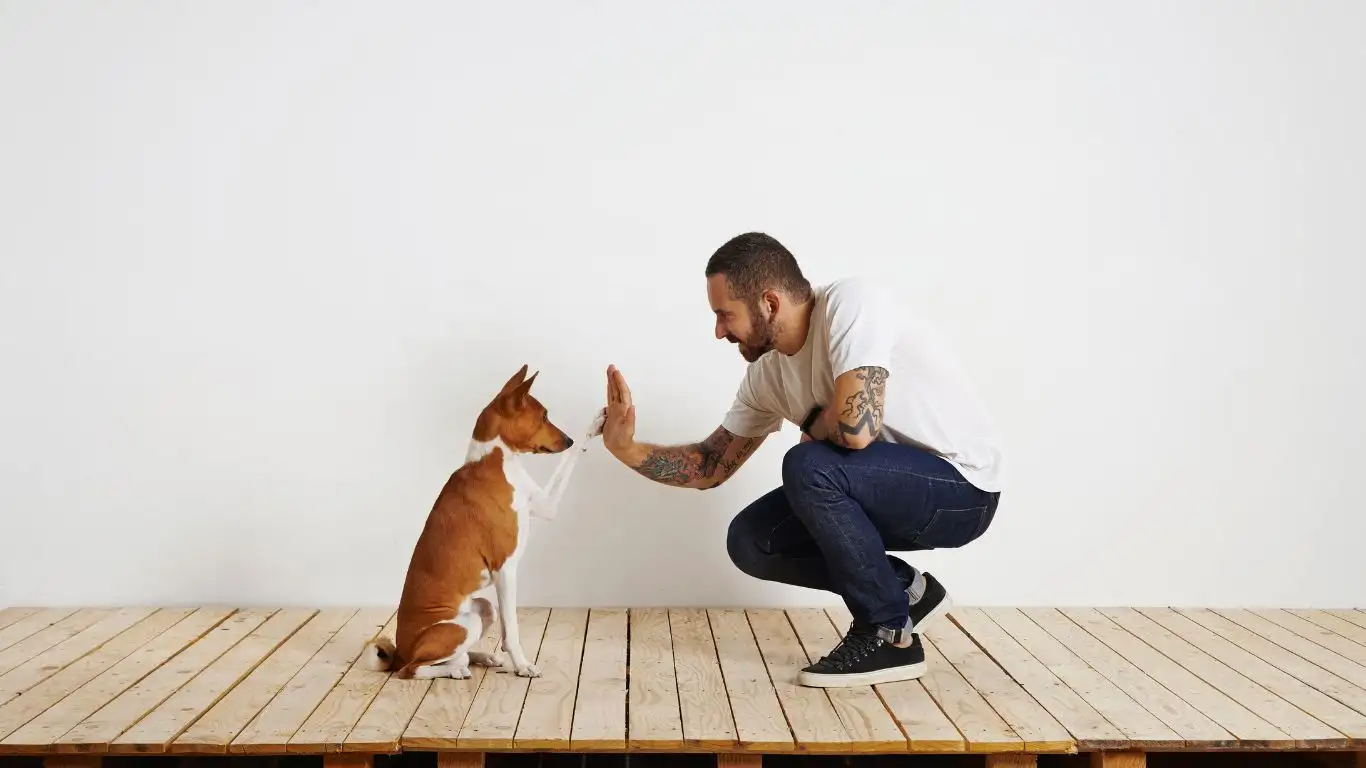
Once your dog has learned how to be friendly with other pets, it’s important to continue reinforcing those positive behaviors. Socialization is not a one-time event, but an ongoing process. Maintaining positive relationships between pets is key to ensuring that they coexist peacefully long after their initial introductions.
In my own experience working with dogs, I’ve noticed that consistency is crucial. Just because your dog has learned to tolerate other pets doesn’t mean you can stop training or practicing socialization. For example, even after a successful introduction, it’s vital to regularly expose your dog to other animals and situations where they need to practice calm behavior. Whether it’s inviting friends over with pets, visiting dog parks, or simply letting your dog observe animals from a distance, continuing exposure is vital for reinforcing the friendly behavior you’ve worked so hard to instill.
Furthermore, each pet has unique needs and personalities. As pets grow older or their health changes, their socialization needs may also evolve. Keep an eye on your dog’s behavior and ensure they remain comfortable and relaxed in the presence of other animals. If you notice signs of stress or aggression resurfacing, it may be time to revisit some of the socialization techniques that worked for you earlier. Always be proactive about maintaining those positive relationships—whether it’s through consistent training or adjusting your approach as needed.
Dealing with Setbacks and Challenges in Socialization
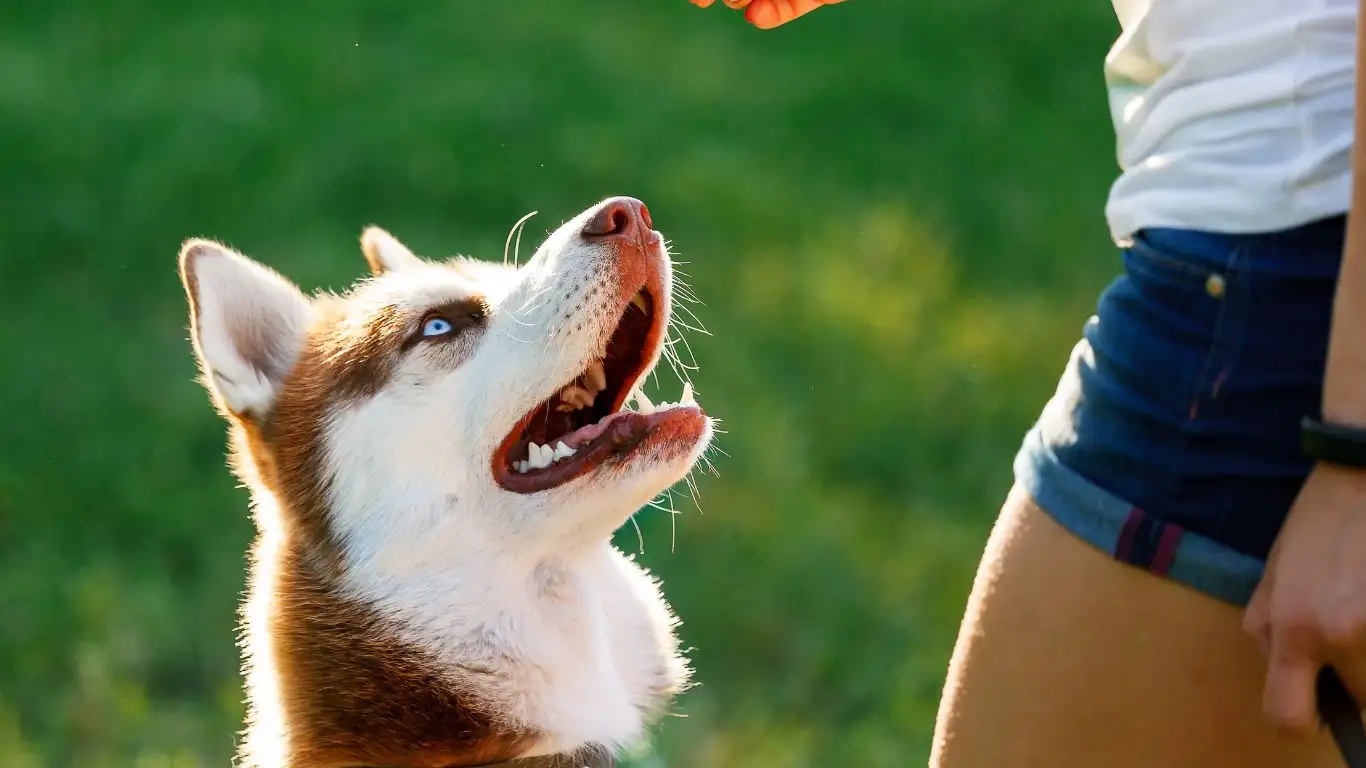
Training your dog to be friendly with other pets is an ongoing journey, and like any journey, you might face some bumps along the way. Setbacks are completely normal, especially if you encounter new challenges or if a situation triggers unwanted behavior in your dog. It’s important to approach these setbacks with patience and not get discouraged. Every step forward, no matter how small, is progress.
When setbacks occur, don’t panic. Revisit your training plan and make adjustments as needed. For instance, if your dog suddenly becomes reactive around other pets, it could be due to an underlying fear or stress that wasn’t previously addressed. Take a step back and slow things down. Sometimes, it’s beneficial to temporarily return to the basics, like rewarding calm behavior and using controlled environments for introductions, before reintroducing more challenging scenarios.
Additionally, if a negative experience between your dog and another pet occurs, don’t force the two animals back together too soon. Allow your dog time to recover and adjust before attempting further interactions. This gives them a chance to decompress and reassess the situation. Remember, socialization is about building trust, and rushing through it can harm the relationship rather than help it.
If you’re struggling to overcome setbacks, working with a professional trainer who specializes in animal behavior can make all the difference. They can offer expert advice on how to handle specific challenges, and they can tailor a strategy to help your dog move past the issue without reinforcing negative behavior.
Creating a Lifetime of Positive Interactions Between Your Dog and Other Pets
One of the best things you can do for your dog and your other pets is to continue fostering positive interactions throughout their lives. Just as you would nurture a relationship with a friend or family member, your dog’s relationship with other animals requires ongoing care and attention. Over time, these interactions will become part of their routine, and they will learn to respond positively to new animals and situations as they encounter them.
In my experience, regular positive reinforcement is crucial for maintaining the progress you’ve made. For example, if you take your dog on a walk and they remain calm when meeting another pet, reward them with praise and treats. This reinforces the idea that being friendly with other pets leads to good things. The same goes for at-home interactions. Even small moments of peaceful coexistence should be acknowledged and rewarded. The more your dog learns that calm, friendly behavior is desirable, the more likely they’ll continue to act that way long-term.
Maintaining Boundaries and Understanding Pet Personalities
As a Canine-Assisted Therapy Trainer, one thing I’ve learned is that understanding each pet’s individual personality is essential for success. Every pet has their own preferences, boundaries, and comfort zones. What works for one dog might not work for another, so it’s important to be attentive and adjust your approach accordingly. For instance, some dogs may enjoy being around other pets constantly, while others might need more space and downtime to feel comfortable.
One of the keys to lasting, positive relationships is respecting each pet’s boundaries. If your dog shows signs of discomfort, such as backing away or avoiding interaction, don’t push them. Allow them to approach at their own pace. Similarly, if another pet is showing signs of discomfort, be mindful of their body language and adjust your approach. By creating an environment where all pets feel respected and safe, you’ll be promoting long-term harmony.
References
For additional information on training and socializing your dog with other pets, here are some trusted resources you can check out:
- PawPatron – Dog Training Resources
- American Kennel Club – Dog Training Tips
- Association of Professional Dog Trainers
Disclaimer
The advice and tips provided in this article are based on my personal experience as a Canine-Assisted Therapy Trainer and are intended for informational purposes only. Every dog is different, and what works for one dog may not work for another. If you’re struggling with your dog’s behavior or have concerns about their ability to interact with other pets, it’s always a good idea to consult a professional trainer or behaviorist who can assess the specific needs of your dog. Always prioritize your dog’s safety and well-being, and never hesitate to ask for help when needed.
